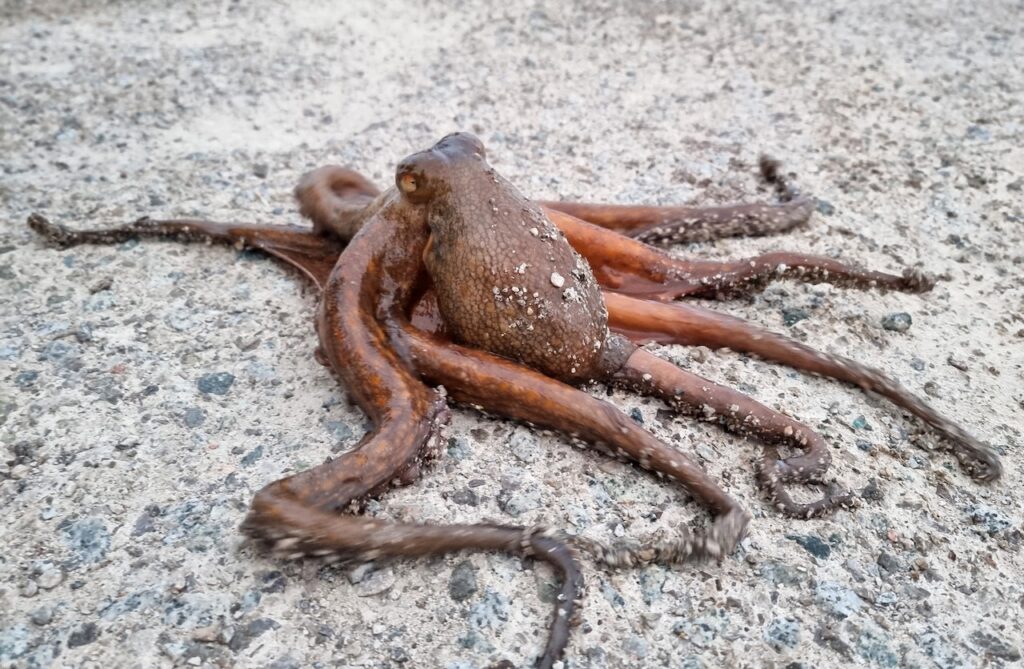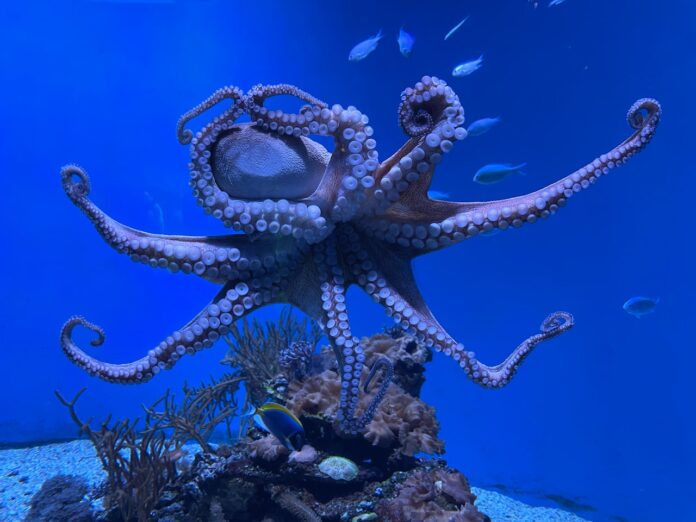The octopus, a creature of the deep oceans, is a remarkable and enigmatic cephalopod that never ceases to captivate our imagination. Beyond its mesmerizing appearance and incredible intelligence, one of the most fascinating aspects of octopuses is their unique circulatory system, boasting not one, not two, but three hearts! In this article, we will delve into the intricacies of these extraordinary hearts and how they contribute to the octopus’s survival in the depths of the sea.
Page Contents
A Trio of Hearts
Most animals, including humans, make do with just one heart to pump life-sustaining blood throughout their bodies. However, octopuses are an exception to this rule, possessing three distinct hearts, each with a specific purpose. This biological peculiarity is just one of the many adaptations that make octopuses true oceanic marvels.
The Heart of the Matter
To understand the octopus’s tripartite circulatory system, let’s start with a closer look at its three hearts:
Two Branchial Hearts:
These hearts are responsible for pumping blood to the octopus’s gills. Oxygen is extracted from the water by the gills, and carbon dioxide is expelled. The branchial hearts play a crucial role in ensuring that the octopus has a constant supply of oxygen to support its high metabolic rate. They are located on either side of the main body.
Also Read : Dance of Love: Unveiling the Intriguing Mating Rituals of Seahorses
One Systemic Heart:
While the branchial hearts take care of oxygenating the blood, the systemic heart is in charge of pumping that oxygen-rich blood throughout the rest of the octopus’s body. This heart, located near the center of the body, distributes oxygen and nutrients to the various organs and tissues, ensuring the octopus’s survival.

The Synchronized Dance
What’s particularly intriguing about the octopus’s circulatory system is how these three hearts work together in perfect synchronization. As the branchial hearts contract, they send oxygen-poor blood to the gills. At the same time, the systemic heart contracts, pushing oxygen-rich blood into the rest of the body. This coordinated dance of heartbeats allows octopuses to thrive in the challenging conditions of the deep ocean, where oxygen levels can vary dramatically.
Adaptations for Survival
The existence of three hearts in octopuses is a testament to the incredible adaptations that have evolved in these creatures to conquer the marine environment. Life in the ocean’s depths is no walk in the park, and octopuses have had to develop an array of survival strategies.
Rapid Oxygen Delivery:
Octopuses need a constant supply of oxygen to fuel their active lifestyles and high levels of intelligence. Their three hearts ensure that oxygen is efficiently transported to every corner of their body, enabling them to respond quickly to changes in their environment.
Also Read : The Amazing Camouflage Abilities of Chameleons
Enhanced Stamina:
The branchial hearts, in particular, allow octopuses to maintain prolonged physical activity, such as hunting and evading predators, without succumbing to fatigue. Their ability to pump oxygen-poor blood to the gills ensures that oxygen is constantly replenished.
Temperature Regulation:
Octopuses are ectothermic, meaning they rely on their environment to regulate body temperature. Their circulatory system helps them maintain a stable internal temperature, crucial for survival in the often chilly depths of the ocean.
Effortless Camouflage:
The systemic heart is instrumental in supplying oxygen to the octopus’s skin, which plays a role in its incredible ability to change color and texture, allowing it to blend seamlessly with its surroundings and evade predators or ambush prey.
Conclusion
The octopus, with its three hearts and intricate circulatory system, stands as a testament to the wonders of marine adaptation. These incredible creatures have evolved to thrive in some of the Earth’s most challenging environments, using their tripartite hearts to ensure a constant supply of oxygen to fuel their active lives. As we continue to explore the mysteries of the deep oceans, the octopus serves as a reminder of the boundless diversity and ingenuity of life on our planet, inspiring us to delve deeper into the secrets of the natural world.


